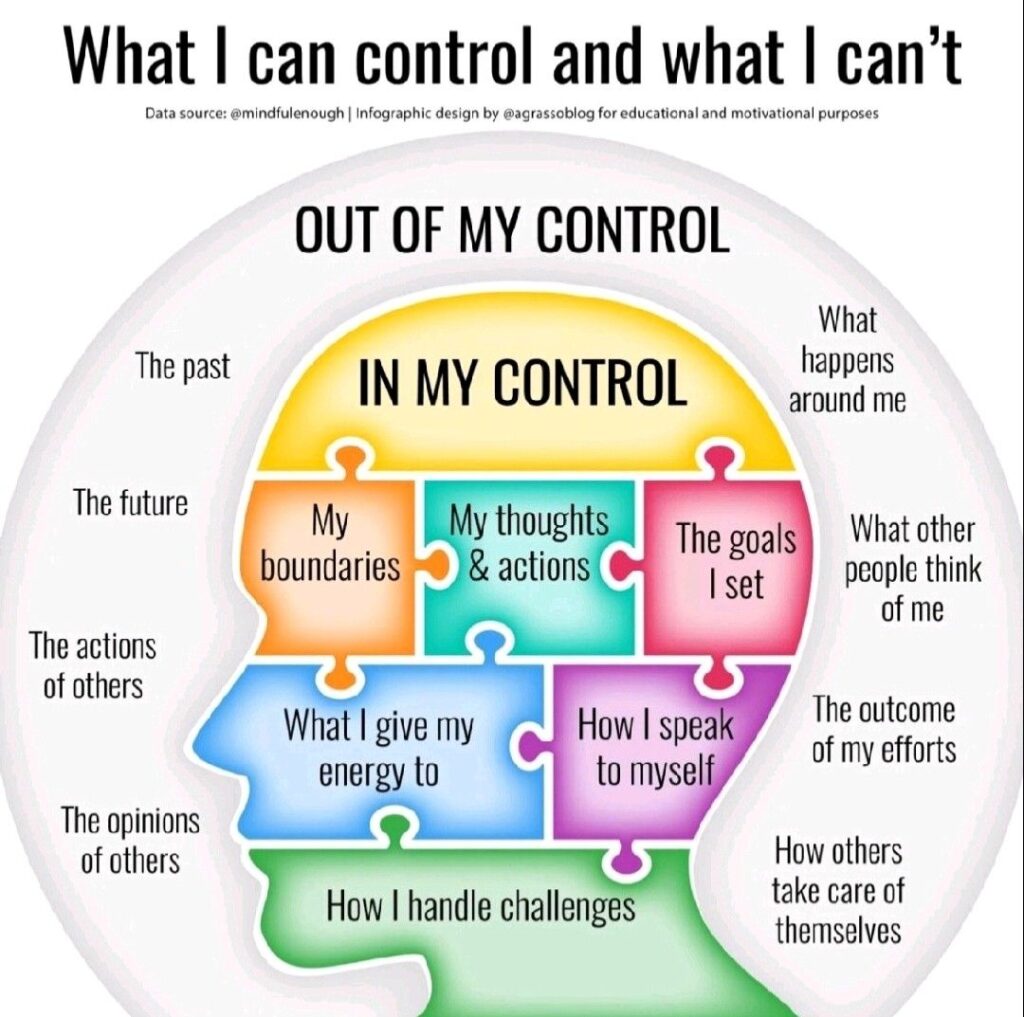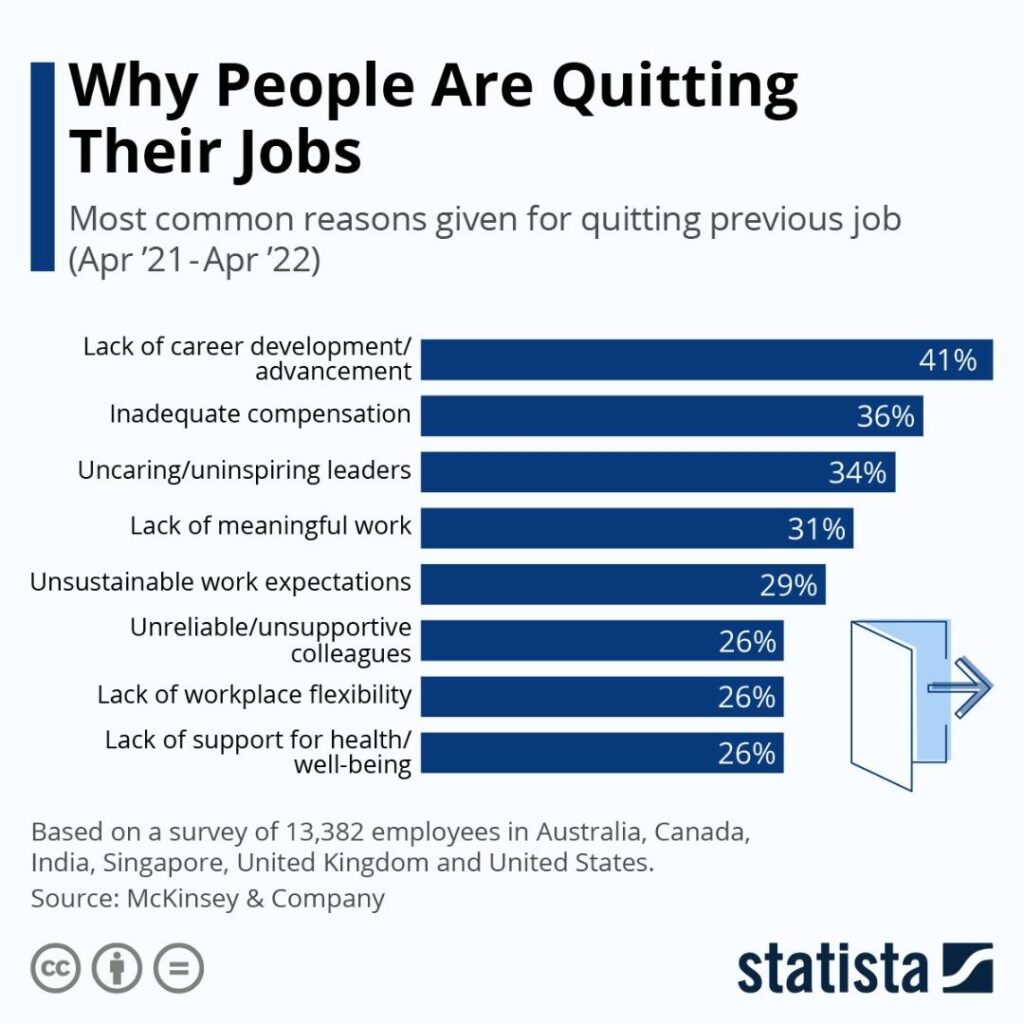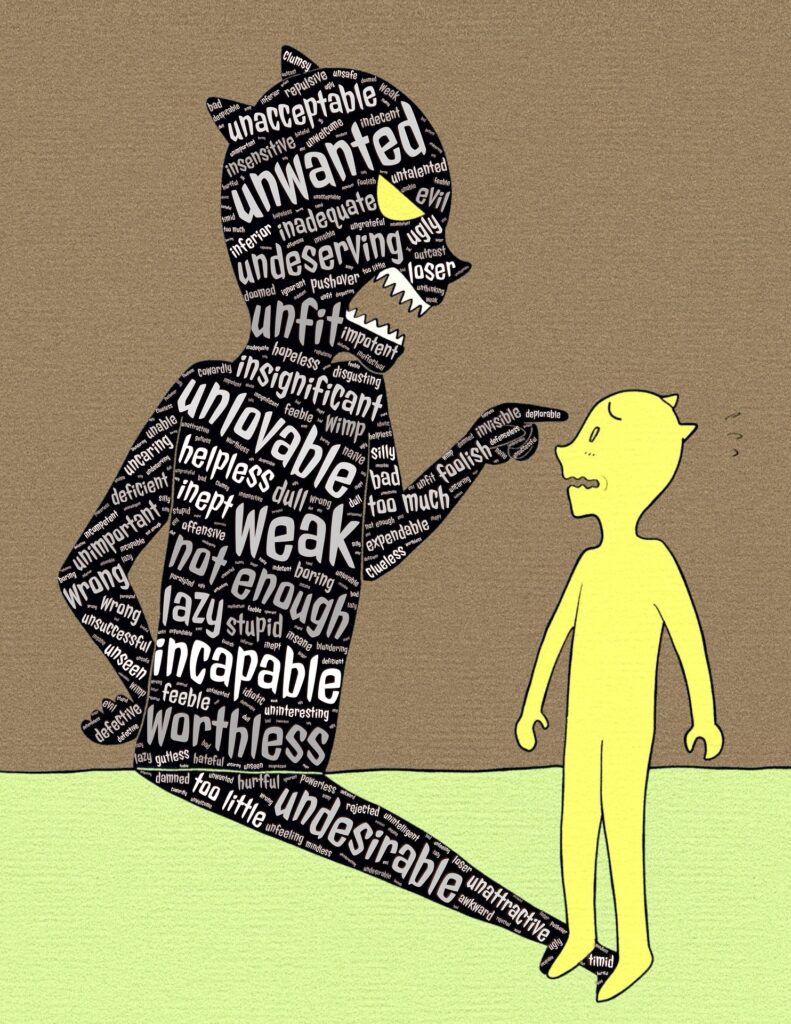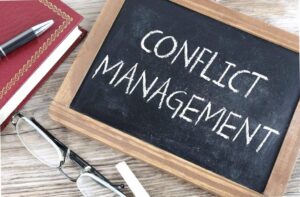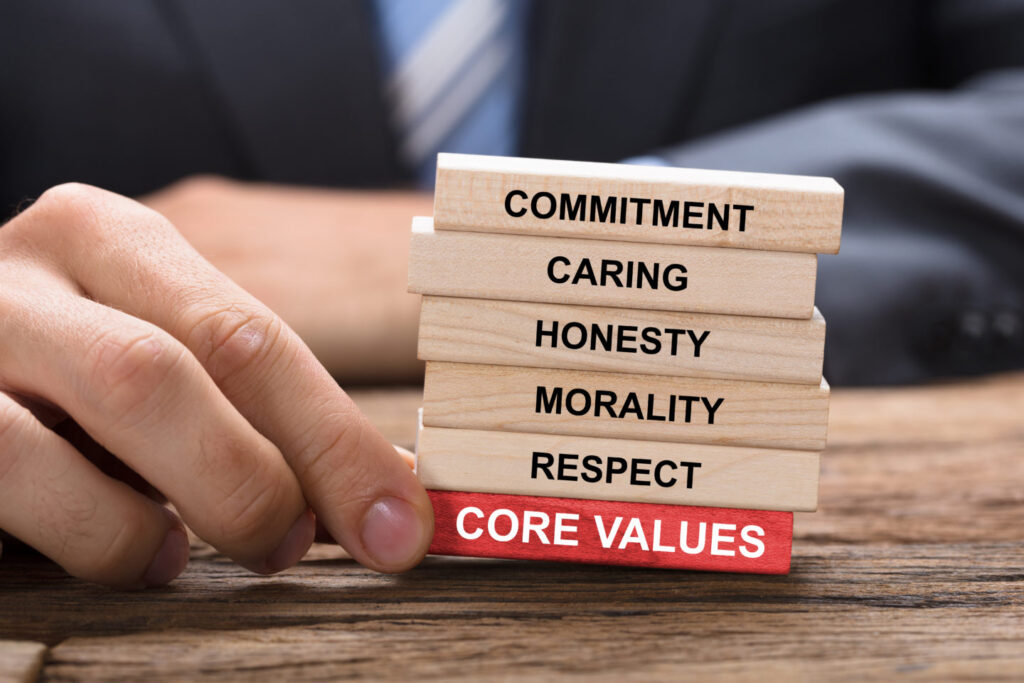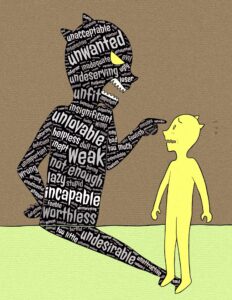How do deal with constant fire drills

Spoiler alert: Unless you work for the fire department, constant fire alarms are not the norm and should not be tolerated! Yet, who hasn’t experienced a work environment where you are being asked to drop whatever you are working on and to re-focus your attention on something deemed more urgent or important? If that describes your current situation, continue reading to find out how to cope with constant fire alarms without getting burned out.
The first thing I advise is to find the root cause of what is sparking the fire. Occasional increases in workload can happen in certain situations, e.g., when an organization is going through a merger and two companies need to integrate, during a reduction in force, or when there is an extension of the product portfolio. However, if the fire alarms are constant, you should closely examine what is missing in the organization. How competent is the leadership? How well are roles and responsibilities defined? How efficient are the processes or is the organization lacking them in the first place? What kind of culture is being practiced that tolerates overburdening their employees?
The second thing I recommend is to have a conversation with your manager and address the topic. Ask them to help you re-prioritize your project list, adjust deadlines, or provide more resources to deal with your increased workload. If your request is ignored, it is a clear indicator that your increased stress level is not a concern of your manager or the organization. It may be time to plan your exit strategy and find a new job.
If you find yourself in a fire alarm situation, I suggest looking for the gift of what this exercise might teach you. Crises, when temporary, do have some advantages:
- They allow heroes to emerge. You or another team member may have a shining moment while stepping up to the plate and be recognized for the contribution to solving a problem. Perhaps even leading to a promotion.
- They may increase bonding among co-workers aiming for a common goal.
- They increase one’s resilience.
In the end, you need to ask yourself what you are tolerating. Some people claim that they perform well under pressure and thrive during fire alarms. It may be the case that the increased level of adrenaline and cortisol provides them with an extra boost to push through, but it comes at a cost. Constant stress is not sustainable, it drains you of energy to the point of burnout.
If you need help in setting healthy boundaries and dealing with fire alarms in a productive way, you might benefit from working with me as your coach. Reach out to me at angela@belladonnacareercoach.com and schedule a complimentary discovery call.















